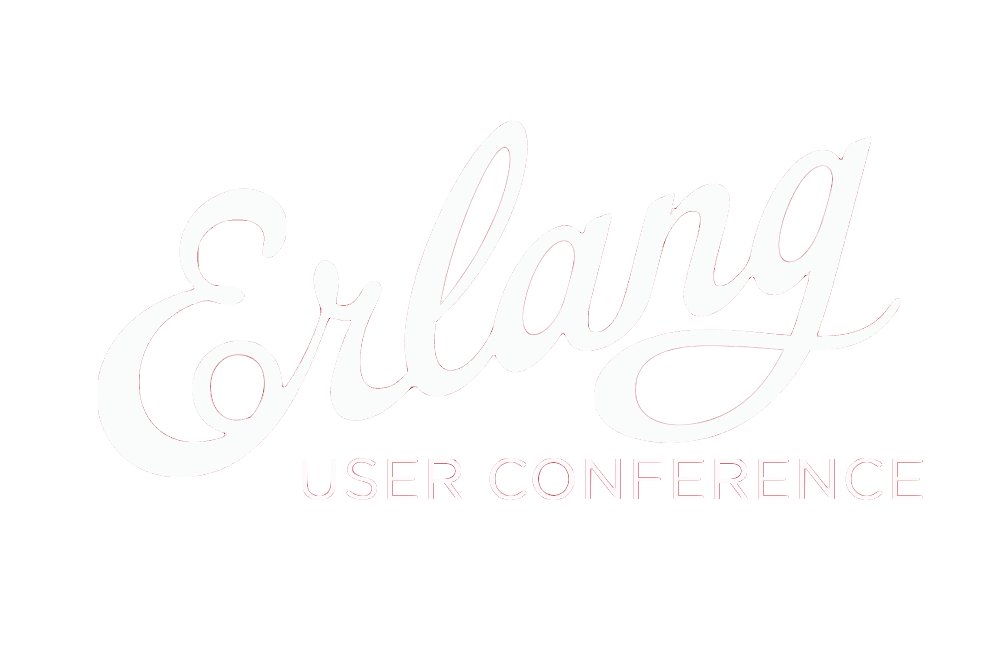
Zotonic: Erlang for the Web
David de BoerUsually Functional, Once in a While Dysfunctional, Programmer
Zotonic: Erlang for the Web
So you know and love Erlang, but what if you want to build content applications for the web? Use some big Java-based CMS? Or stick with Erlang and do everything yourself? No; use Zotonic instead!
Zotonic is the open source Erlang web framework and CMS. We’ll look into some of its core features: how
As Zotonic will soon turn 1.0, I’ll share with you some lessons we learned while improving performance (binaries and Cowboy), enhancing the developer experience (Docker and documentation) and updating Zotonic for the present-day Erlang community (Hex and packages).
Objectives:
- Introduce Zotonic to the Erlang community.
- Show what makes Erlang a great choice for modern web development.
- Enthuse people to help Zotonic reach the 1.0 milestone this summer.
Target audience:
- Erlang lovers that want to use their
favourite language for building websites, too. - Web developers that are looking for a powerful stack for doing their work.
Video
About David
David de Boer believes that sharing knowledge and code can make a difference. As GitHub:
ddeboer
Twitter:
@ddeboer_nl
